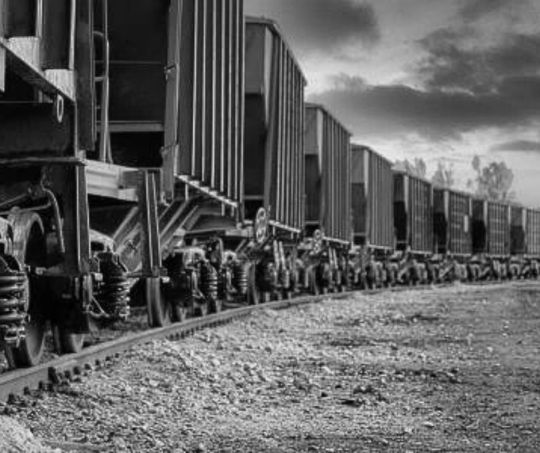Strategies for Effective Railway Maintenance

Railways are essential in connecting communities, industries, and economies everywhere, and effective railway maintenance strategies are crucial. With the constantly changing variables of railway infrastructure and growing demands on the system, adopting proactive and comprehensive maintenance approaches is essential. In this blog, we will talk about key strategies for effective railway maintenance, exploring preventive measures, advanced technologies, and collaborative efforts that allow the seamless operation of railway networks.
Embracing Preventive Maintenance Practices
Preventive maintenance forms the standard procedure of any successful railway maintenance strategy. Regular inspections, lubrication, and component replacements are conducted on a scheduled basis to stay prepared for any issues that may occur. From track inspections to signal checks and rolling stock servicing, these routine tasks are a necessity for identifying and rectifying faults before they escalate. By working with preventive maintenance schedules, railway operators can mitigate the risk of equipment failures, minimise disruptions, and uphold the safety and reliability of the railway network.
Leveraging Predictive Maintenance Techniques
While preventive maintenance is essential, the advent of predictive maintenance techniques has revolutionised the way railway maintenance is approached. Through close observation of data analytics and condition monitoring, predictive maintenance allows operators to anticipate equipment failures and optimise maintenance schedules accordingly. Sensors embedded in railway assets always collect data on performance metrics such as temperature, vibration, and wear. Advanced analytics algorithms analyse this data to detect anomalies and predict impending failures, facilitating proactive maintenance interventions that reduce downtime and maximise operational efficiency.
Getting the most out of Asset Management Strategies
Effective asset management is central to maximising the value and longevity of railway infrastructure. Railway operators utilise asset management systems to track the condition, location, and performance of critical assets throughout their lifecycles. By categorising assets based on things such as importance, usage, and maintenance history, operators can develop tailored maintenance strategies that balance cost-effectiveness with operational requirements. Asset management strategies also enable informed decision-making regarding asset renewal, refurbishment, and retirement, which allows for the long-term sustainability of railway infrastructure.
Utilising the Power of Technology
Technology plays a hugely important role in modern railway maintenance, facilitating automation, remote monitoring, and predictive analytics. Internet of Things (IoT) sensors deployed along tracks and trains collect real-time data on track conditions, train performance, and environmental factors. This data is transmitted to central control systems, where it is analysed to enhance maintenance schedules and prioritise critical interventions. Additionally, drones and unmanned aerial vehicles (UAVs) are increasingly employed for aerial inspections of railway infrastructure, providing high-resolution imagery and reducing the need for manual inspections.
Encouraging Collaboration and Partnerships
Collaboration between railway operators, infrastructure managers, maintenance contractors, and technology providers is essential for implementing effective maintenance strategies. By gathering resources, expertise, and data, stakeholders can develop comprehensive maintenance plans that address the intricate and interconnected nature of railway operations. Partnerships with research institutions and industry associations facilitate knowledge sharing, innovation, and best practice dissemination, driving continuous improvement in railway maintenance standards and methodologies.
Investing in Training and Skills Development
Investment in training and skills development is critical for ensuring that maintenance personnel possess the expertise and competencies required to perform their roles effectively. Railway operators provide comprehensive training programs covering technical skills, safety protocols, and regulatory compliance. Continuous professional development opportunities enable maintenance staff to stay abreast of emerging technologies, industry trends, and best practices. Through investing in their workforce, railway operators enhance operational efficiency, safety, and service quality.
Conclusion
Effective railway maintenance is imperative for securing the safety, reliability, and efficiency of railway operations. By introducing preventive, predictive, and proactive maintenance strategies, railway operators can lower downtime, optimise resource utilisation, and enhance the overall passenger experience. Leveraging advanced technologies, furthering collaboration, and investing in skills development are key to meeting the challenges of modern railway maintenance.
While the demands on railway infrastructure continue to evolve, embracing innovative maintenance approaches will be crucial for ensuring the resilience and sustainability of railway networks for generations to come.
To read more about the engineering industry head over to our website.